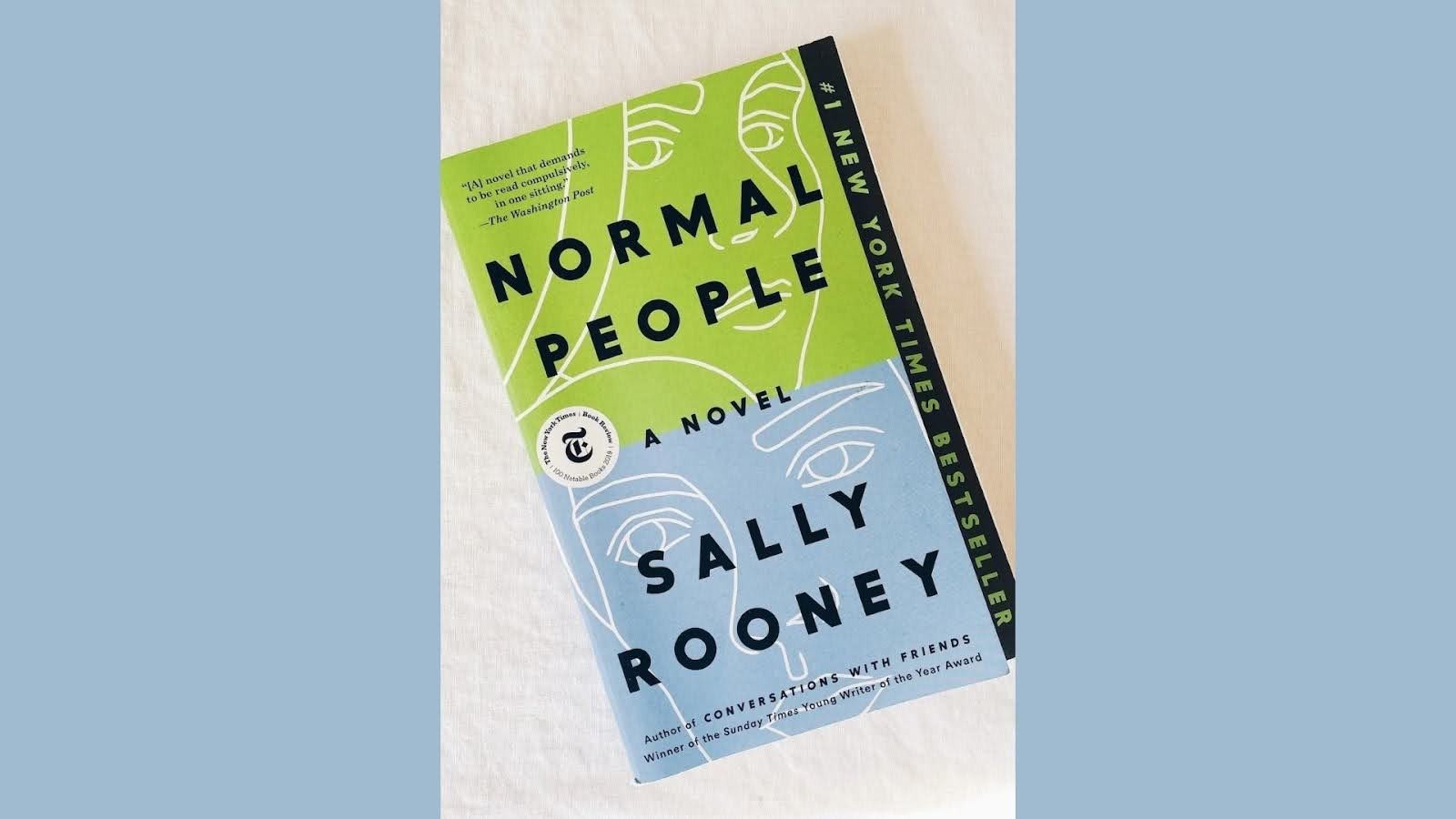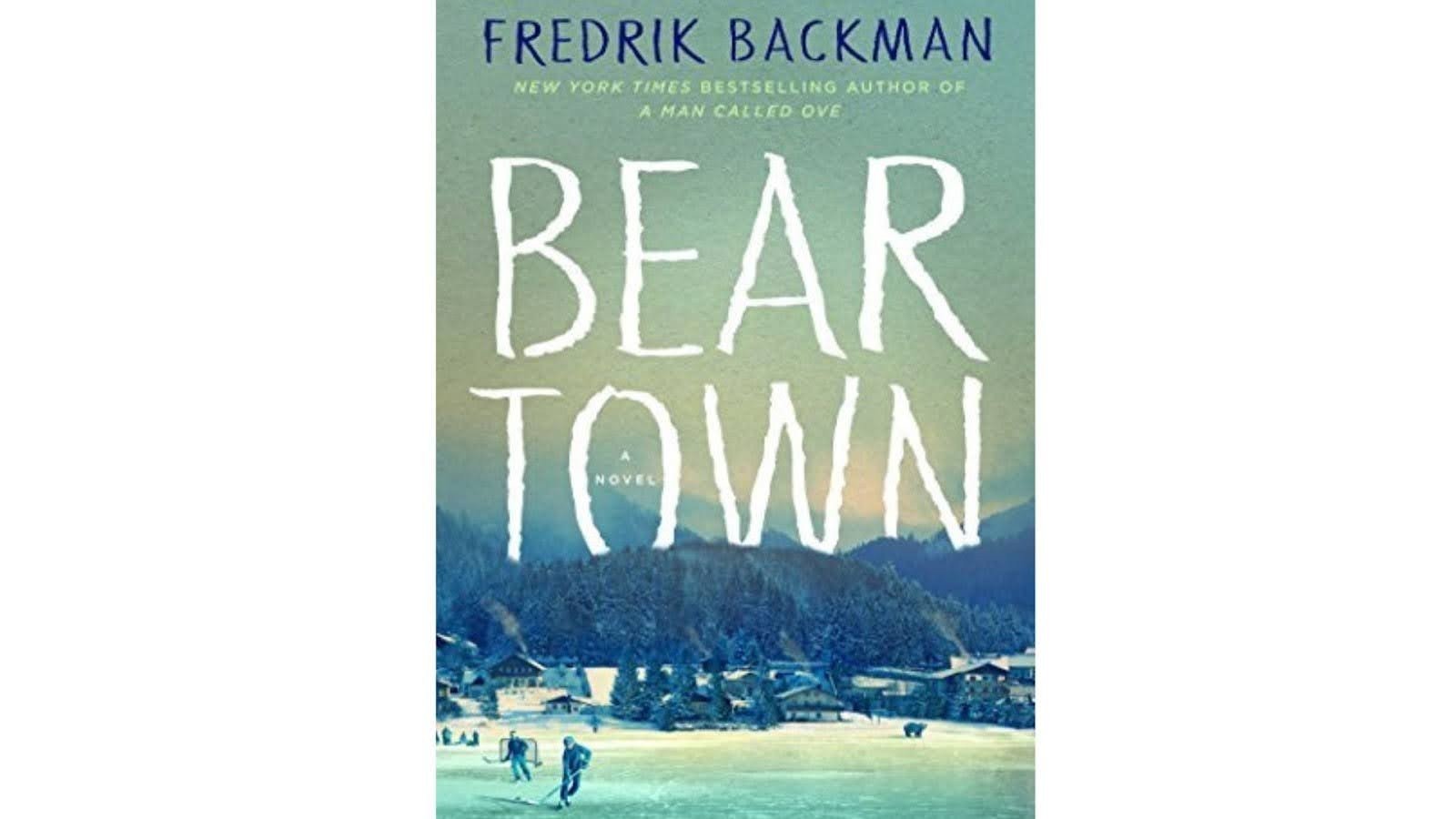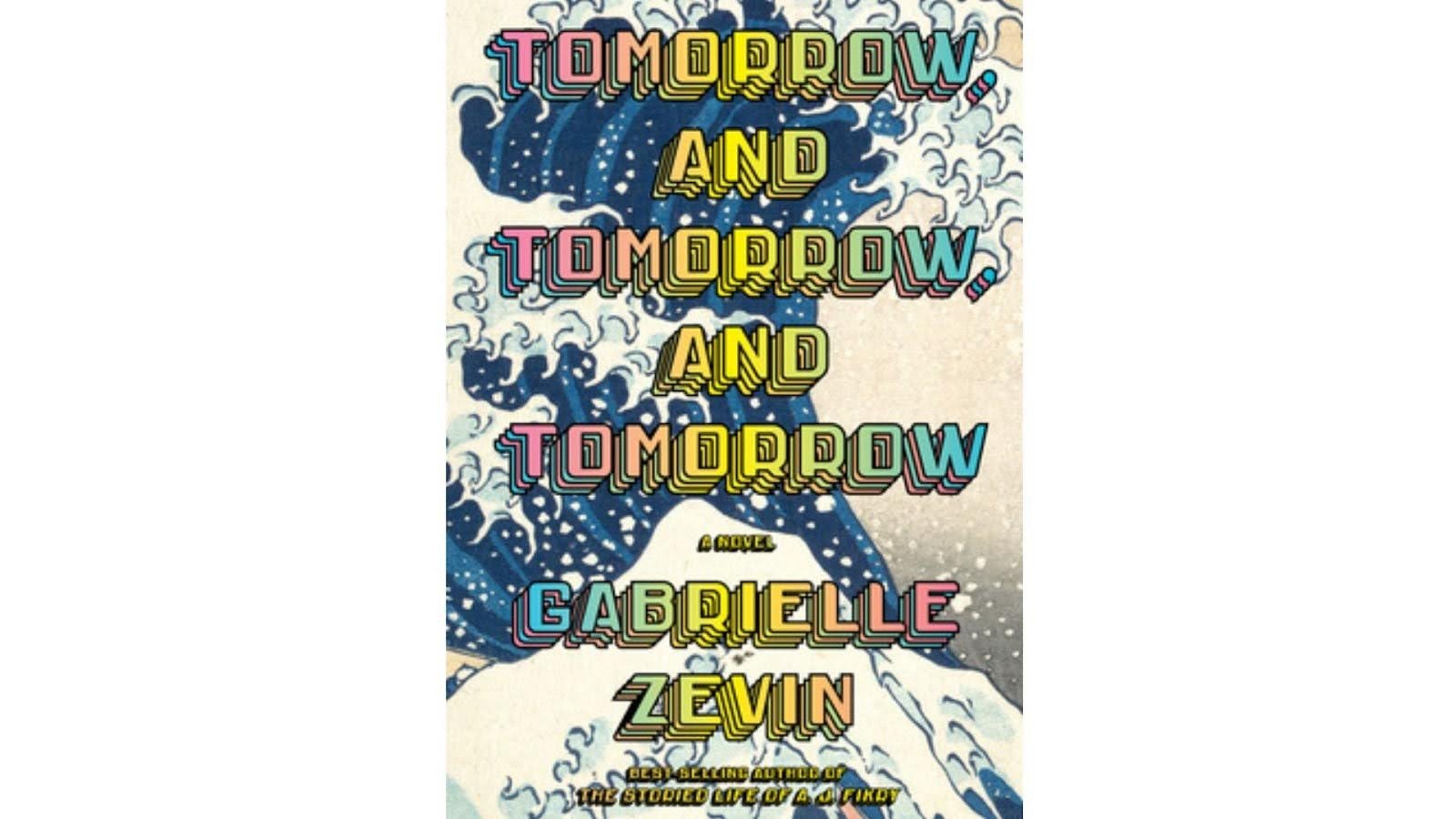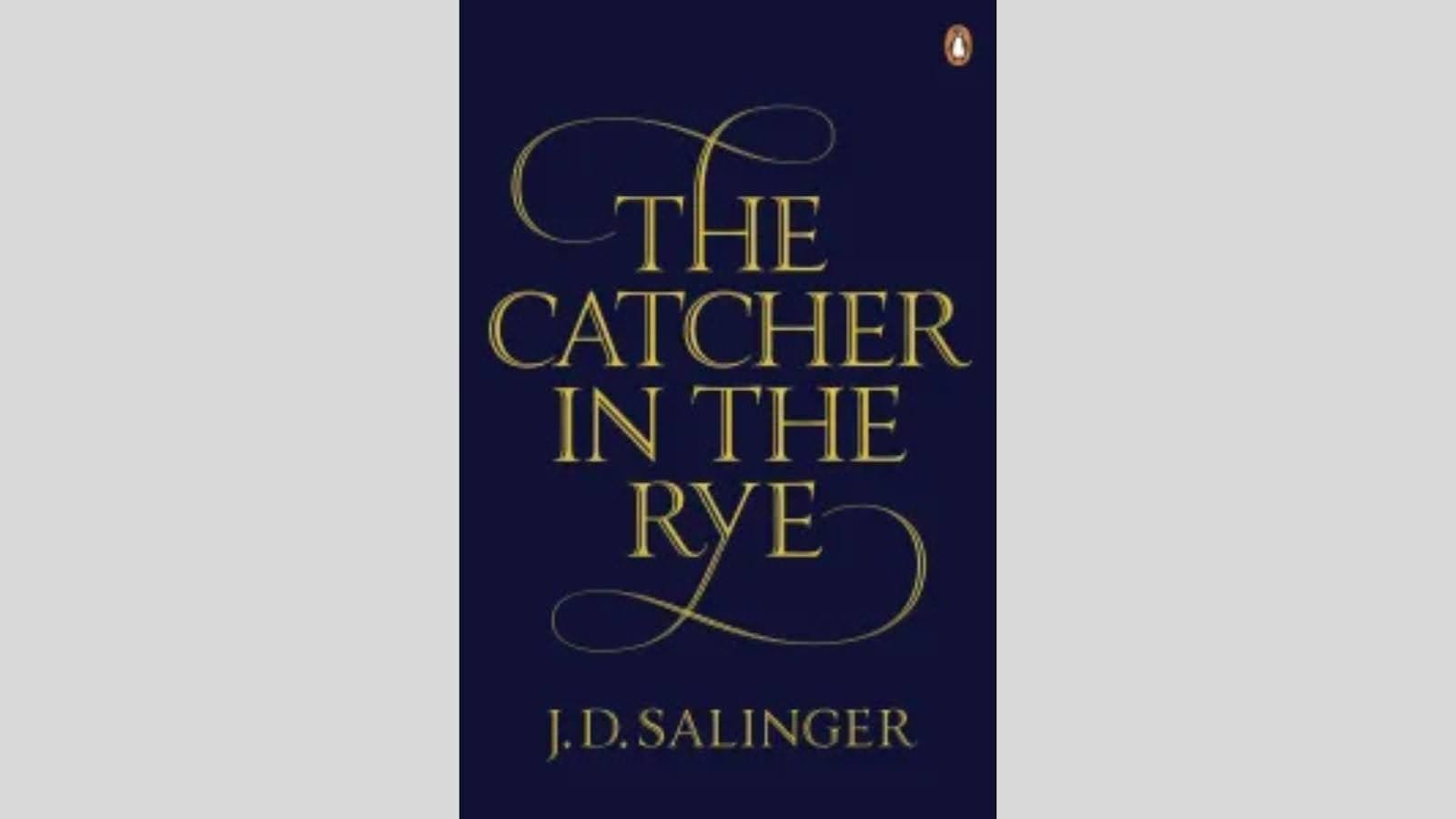In this article, I will review Sally Rooney’s Normal People, which became a cultural phenomenon, for it ignited within book club debates and then flooding social media feeds with passionate reactions. The novel, at its heart, is all about the messiness besides romance.
From County Sligo school days until Trinity College Dublin university years, the narrative revolves around Marianne and Connell as they navigate self-discovery, friendship, and love. Indeed, their bond is one that is superb.
Why are average people so truthful and influential? Rooney captures their pain of miscommunication, along with the beauty and vulnerability. Because of this portrayal, readers see their connections in marriage and Connell’s storyline.
Main Review: What Makes Normal People Stand Out
The existing introduction for your “What Makes Normal People Stand Out” review
The Core Story and Its Appeal
Here’s the bottom line: Normal People is a thoughtful, emotionally raw novel perfect for readers who enjoy character-driven stories about complicated relationships. If you want explosive plot twists, look elsewhere. If you want to understand why two people who love each other keep getting it wrong, this book delivers.
Marianne and Connell have an electric connection that neither can shake. In school, Connell is popular while Marianne is the outcast. He visits her house because his mom cleans there, and they begin a secret relationship. He’s too ashamed to acknowledge her publicly. At university, their positions flip. Marianne finds her people while Connell feels lost.
You keep turning pages because these characters feel painfully real. Their miscommunications aren’t dramatic misunderstandings from a rom-com. They’re the small, devastating moments when ego, fear, or simple awkwardness stops someone from saying what they mean. You want to reach through the pages and shake them both.
Sally Rooney’s Writing Style
Rooney writes in third person but stays close to each character’s thoughts. You’re always inside someone’s head, feeling their anxiety and hope. This intimacy makes even quiet scenes feel urgent.
The dialogue has no quotation marks. It might seem odd at first, but you adjust quickly. This choice makes conversations feel more immediate, like overhearing real people talk. The minimal punctuation strips away anything decorative. Every word counts.
The book jumps through time, sometimes covering months in a single page. These leaps keep the story moving and let Rooney focus on the moments that matter. You’re never bogged down in daily details.
Themes and Character Analysis
This Normal People book review wouldn’t be complete without examining what lies beneath the romance. Rooney packs serious themes into this accessible story. The characters’ struggles with mental health, class differences, and family trauma make their relationship even more complex.
Marianne: Vulnerability and Self-Worth
Marianne grew up in a wealthy but abusive household. Her brother physically hurts her while her mother watches and does nothing. This trauma shapes everything about how she sees herself. She believes she deserves mistreatment.
Her relationship with Connell starts as something precious, but her lack of boundaries becomes clear. Later relationships blur the line between consensual BDSM and abuse. Marianne seeks out partners who hurt her because it feels familiar. She mistakes pain for intimacy.
By the end, Marianne has grown stronger. She sets boundaries with her family and recognizes unhealthy patterns. Connell helps her see that he deserves better. Her growth feels earned, not sudden or unrealistic. She’s still vulnerable but no longer sees herself as worthless.
Connell: Popularity, Shame, and Mental Health
Connell appears confident he’s good-looking, athletic, and well-liked. But social anxiety rules his life. He constantly worries about what others think. This fear drives his worst decision: hiding his relationship with Marianne during school.
His treatment of her in those years is hard to read. He’s not cruel, but his silence and public indifference damage her deeply. At university, when he loses his social footing, he finally understands how she felt. The role reversal is perfect. Rooney doesn’t let him off easy.
After his friend dies by suicide, Connell falls into depression. He starts therapy, which the book presents as normal and helpful, not shameful. His mental health struggles feel authentic. By the novel’s end, he’s more self-aware and honest about his feelings. He’s learned to speak up, even when it’s scary.
The Complexity of Their Relationship
Their misunderstandings work because they stem from real insecurities, not silly plot devices. Connell doesn’t tell Marianne he needs somewhere to stay over the summer. She thinks he wants to break up. He thinks she wants him gone. Both are wrong, and both are too scared to ask directly.
Class divides them more than they realize. Marianne has money and social capital at university. Connell works part-time and can’t afford the lifestyle his friends have. He feels the gap constantly. Marianne barely notices it. These differences create invisible walls between them.
Are they good for each other? This Normal People book review can’t give a simple answer because Rooney doesn’t either. Sometimes they bring out the best in each other. Other times, they fall into destructive patterns. Their relationship is messy and real, not a fairytale.
Major Themes Searched
Mental illness appears in many forms throughout the book. Connell’s depression, Marianne’s trauma responses, and the aftermath of suicide all get thoughtful treatment. Rooney never presents mental health issues as something to “fix” with love. They’re ongoing challenges that require real work.
Family shapes both characters profoundly. Marianne’s abusive home life contrasts sharply with Connell’s loving relationship with his mother, Lorraine. These backgrounds explain so much about why Marianne accepts mistreatment and why Connell values kindness but struggles with vulnerability.
Class differences run throughout the story. Marianne’s wealth gives her opportunities and confidence at university. Connell’s working-class background makes him feel like an outsider in college spaces. Rooney, writing about contemporary Ireland, shows how class still matters deeply.
Irish Setting and Atmosphere
The Irish setting isn’t just background decoration it’s essential to the story. The small-town dynamics of County Sligo explain why Connell’s popularity matters so much and why Marianne feels trapped. Everyone knows everyone’s business.
Rooney uses Irish phrases and references naturally throughout. The characters say “Leaving Cert” instead of final exams, go to “Trinity” not just “college,” and reference Irish political and cultural moments. These details ground the story in a specific place and time without requiring footnotes.
The setting enhances the class themes beautifully. Ireland’s complex relationship with wealth, education, and social mobility runs through the book. The contrast between small-town Sligo and cosmopolitan Dublin mirrors Connell and Marianne’s personal changes. The place shapes the people, and Rooney captures this without heavy-handed explanation.
Critical Perspectives
Every Normal People book review needs to address both strengths and weaknesses. No book is perfect, even one as celebrated as this. Let’s examine what works, what doesn’t, and why the book became such a phenomenon.
What Works Well
The relationship dynamics are gripping because they feel true. Most romance novels rely on big, dramatic conflicts. Rooney finds drama in silence, in what’s not said, in the tiny moments of connection and disconnection. You believe in Marianne and Connell completely.
The emotional authenticity is compelling. Characters cry, feel awkward, say the wrong thing, and hurt each other without meaning to. Nothing feels manufactured for plot purposes. The emotions drive the story, and they all ring true.
Rooney handles difficult topics abuse, mental illness, and sexual consent, with intelligence and care. She doesn’t sensationalize or simplify. The supporting characters feel real, too. Lorraine, Connell’s mother, is particularly wonderful, loving, perceptive, and fully her own person.
Potential Weaknesses
Physical descriptions are minimal. Some readers found this frustrating-they couldn’t picture the characters or settings clearly. Rooney gives you almost nothing to work with. You have to imagine most details yourself.
Connell’s choices, particularly in the first half, can be infuriating. Yes, he’s young and scared, but watching him hurt Marianne through inaction is painful. Some readers struggled to root for him. His growth redeems him for many readers, but not everyone forgives his earlier behavior.
Certain motivations remain unclear. Why exactly does Marianne seek out abusive relationships later? The family trauma explains part of it, but some readers wanted more exploration. The gaps might be intentional. Rooney trusts readers to think, but they can feel unsatisfying.
The Hype Question
Normal People became a cultural moment, not just a bestseller. The TV adaptation brought it to millions more. Sally Rooney became the voice of millennial relationships. Book clubs everywhere read it. Why?
Timing mattered. The book arrived when readers were hungry for realistic, literary fiction about young people. Rooney’s stripped-down style felt fresh compared to more ornate literary fiction. The book’s accessibility ty serious themes in readable prose appealed to both casual and devoted readers.
Does it deserve its celebrity status? This Normal People book review says yes, with caveats. It’s an excellent novel that captures something true about modern relationships and class. Is it the greatest book ever written? No. But it’s very good at what it does. The hype might set unrealistic expectations.
Conclusion
Normal People quietly powerful story that finds the loves, identity, car, and the struggles of growing up. Sally Rooney writes with clear words, with a style that makes Connell and Marianne feel really complicated and deeply.
The novel digs into bigger themes like class, mental health, and the ways that we connect or fail to connect with others or someone. Some readers may wish for more descriptions, and Connell’s early choice can be frustrating.
What’s remarkable is that Rooley writes in her twenties, capturing the intensity of young adulthood. The way small moments feel monumental and silent can wound relationships painfully, beautifully true.
Frequently Asked Questions
Is Normal People worth reading?
Yes, Normal People is worth reading if you enjoy character-focused literary fiction about relationships. The book offers an honest look at young love, class differences, and mental health.
What is the main message of Normal People?
Normal People explores how miscommunication, class differences, and personal trauma affect relationships. The main message centers on how two people can deeply love each other yet still struggle to connect.
Is Normal People appropriate for teenagers?
Normal People contains mature content, including sexual scenes, abuse, depression, and suicide. It’s generally appropriate for older teens around 16 and up, but parents should consider individual maturity levels.
Why do Marianne and Connell keep breaking up?
Marianne and Connell break up repeatedly because of poor communication, social anxiety, and personal insecurities. Connell fears judgment from others, while Marianne struggles with self-worth issues from family abuse.
How does Normal People end?
Normal People ends with Marianne and Connell together but facing separation. Connell receives a writing opportunity in New York that he wants to accept. Marianne encourages him to go, saying she’ll be okay without him.








